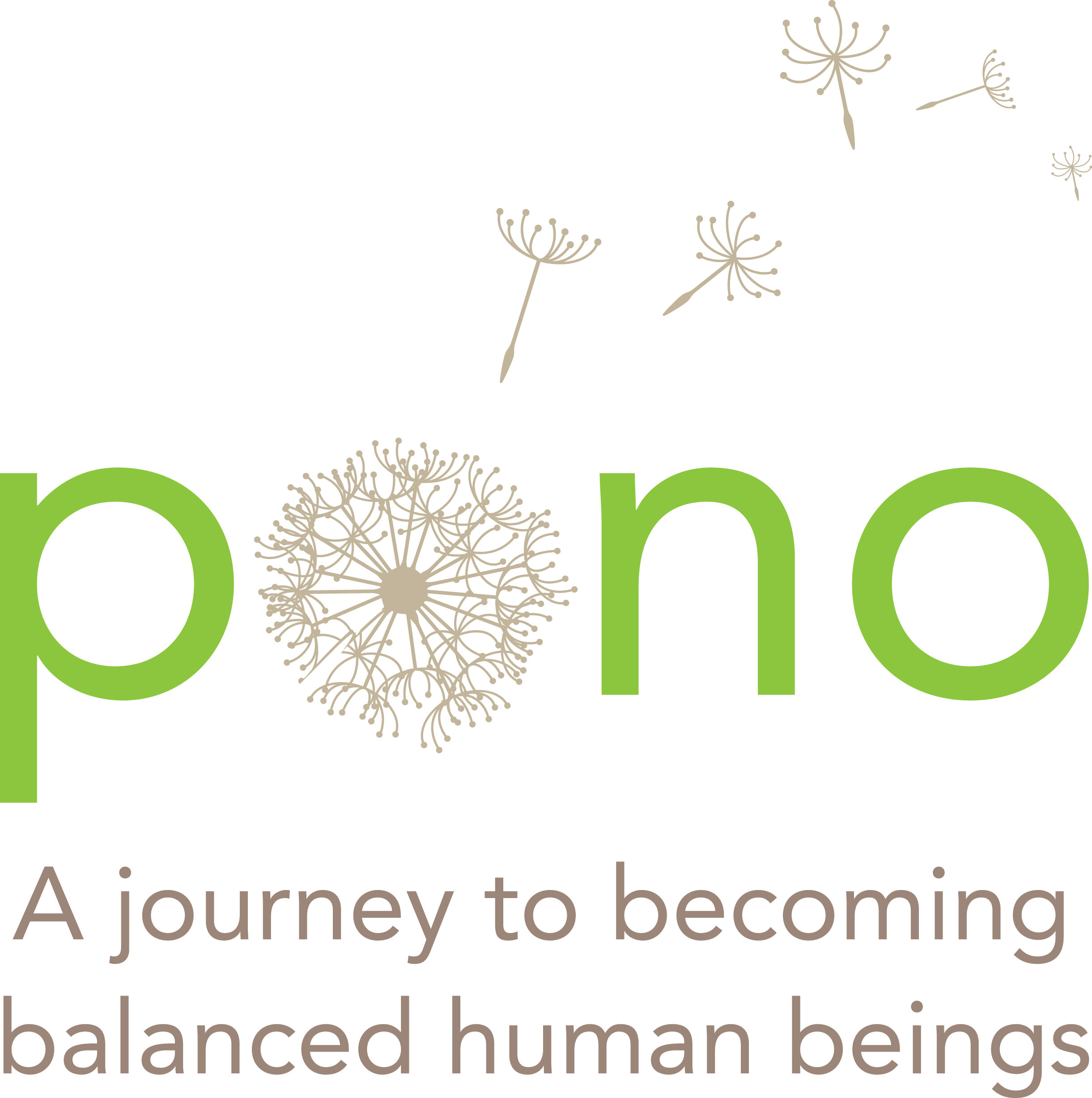Why Did Our Kids Design an Outdoor School?
When I founded a small democratic school in New York City ten years ago for my daughter and other children, I was not aware of the term “outdoor education,” let alone how to offer it in the middle of Manhattan! All I wanted was a place where children were trusted to initiate and direct their own learning, where they could pursue their own happiness without limits. We simply provided a loving, peaceful space for the children to be and intentionally left it to their brilliant minds and bright souls to chart our course. Little did I know that they in fact were paving the way for us to be an outdoor school. We remain the only democratic outdoor educational program in New York City for ages 2 to 14.
Our first group of children, as young as two and three years old, repeatedly responded, “Walk in the woods!” whenever we asked what they liked best or what they wanted to do. We found the most wild parts of the biggest NYC parks and the children spent many hours there, freely exploring the wilderness — touching, feeling, smelling, and engaging their vivid imaginations while taking in the surrounding endless beauty of nature.
On indoor days, the children still often chose to spend their time outdoors in the park across the street. They loved jumping in rain puddles, running in the open field, throwing fall leaves around, painting their feet on the grass, or planting daffodils. We partnered with public parks, community gardens, and urban farms because our children loved digging in the soil, watering, weeding, harvesting, and getting messy in nature.
In response to the children’s unceasing curiosity for the natural world and their need to discover and unravel the world around them, we found ourselves taking our four and five-year-olds on more than 70 trips a year. Many of those were to nature preserves, farms, salt marshes, zoos, animal shelters, marshlands, conservancies, wildlife refuges, beaches, and other destinations in nature. For example, their interest in shearing took us to an alpaca farm in Connecticut. Their questions about queen bees took us to a bee farm in New Jersey. Frequent hands-on explorations in nature provided them with a richer understanding of the ecosystem — whether it was catching frogs and tadpoles, walking on a frozen pond, pulling castle-like creations of frozen soil from the ground, touching a blue jay that was caught in the bird banding net, tasting maple sap after successfully tapping maple trees, or simply going on a hike. Such magical encounters in nature brought both excitement and wonderment for the things that would have gone unnoticed.
By the time they were young teens, our children were already engaged in long term preservation and conservation projects at our partner wildlife sanctuary about an hour outside of NYC. Accompanied by naturalists as their mentors, the children designed, built, and installed a walking bridge on one of the sanctuary’s hiking trails, studied migration patterns of birds, and learned many survival skills. I wasn’t surprised when after the COVID-19 school closure ended, the vast majority of the children asked to resume their regular visits to the sanctuary.
Over the past ten years, I have witnessed again and again the healing effect nature has had on my child and more than 70 other children. It made me a believer in the power of the mysterious beauty of nature. Taking in the wilderness rekindles that seed of wonder and awe in a child’s psyche. It forces all of the unpleasant noise and disturbing imbalance out and helps engender a feeling of peace and harmony with all forms of life. Nature uplifts the children’s souls, minds, and spirits. It deepens their connection not only to all living things but most importantly to their own true selves and abilities. No wonder they keep choosing to spend their time in the outdoors!
Dr. Maysaa Bazna is an educator, researcher, and an avid advocate for children having a voice in their education. Her mission is to help cultivate children‘s intrinsic humanity and wisdom with the goal of creating a more just and harmonious world. She founded Pono, NYC’s only democratic and outdoor school, and continues as its director. Pono offers its outdoor programs to all NYC kids during COVID-19. Maysaa received her doctorate in curriculum and teaching and master’s degrees in reading and learning disabilities from Columbia University Teachers College and was a member of the faculty at Teachers College and City University of New York. Her daughter is a student at Pono.





